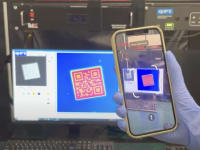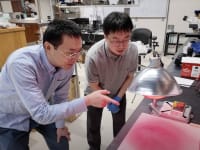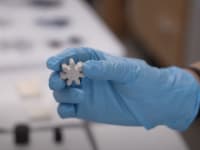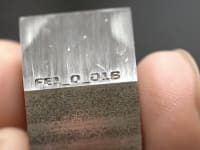Access the technical resources for a range of materials and coatings. Design engineers can browse news, technical briefs, and applications for plastics, composites, rubbers, elastomers, and metals.
2025 Holiday Gift Guide for Engineers: Tech, Tools, and Gadgets
Scientists Create Superconducting Semiconductor Material
This Paint Can Cool Buildings Without Energy Input
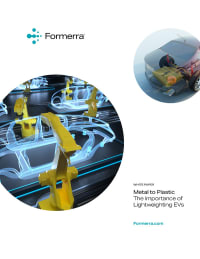









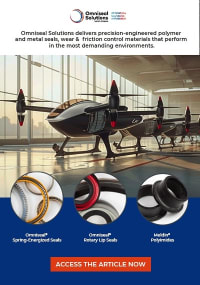


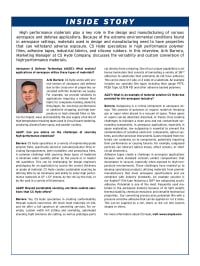
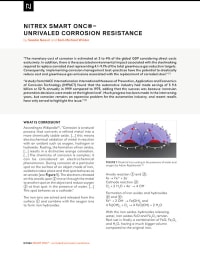









SAE Automotive Podcast: Solid-State Batteries
The Real Impact of AR and AI in the Industrial Equipment Industry
Next-Generation Linear and Rotary Stages: When Ultra Precision...
How Wearables Are Enhancing Smart Drug Delivery
SAE Automotive Engineering Podcast: Additive Manufacturing
A New Approach to Manufacturing Machine Connectivity for the Air Force



